The smart position motor system includes a brushless DC motor with position sensing function and a device which controls its position, achieving savings in energy and resources.
Ricoh has developed a DC motor control technology to achieve low power consumption and reduced size and weight, without losing the functions and performance of a conventional stepping motor; it is mounted on Aficio MP C5502 color MFPs, released in 2012.This technology solved the problems of losing steps, high-frequency noise and subsonic vibration inherent in stepping motors; it also significantly lowers the rise in motor temperature. Its immunity to losing steps made it possible to achieve free movement of the motor.
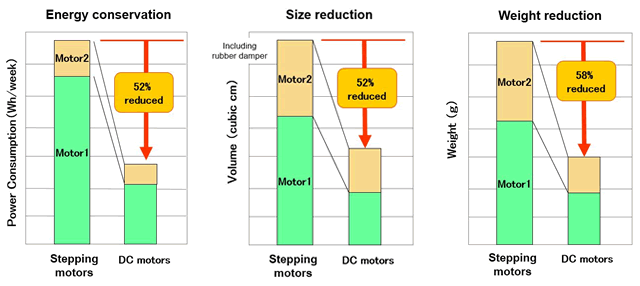
Figure 1. Results of DC motors mounted on full color MFP
*Power consumption: Power consumption (Wh) for a week, based on the measurement under International ENERGY STAR Program
Heretofore, Ricoh has employed the following motor types. Brushless DC motors have favorable features in efficiency, weight and size compared with stepping motors. The brushless DC motor, however, requires a sensor and feedback control to achieve the positioning function.
When driving a stepping motor by open-loop control, the output current must be set allowing a large safety margin against actual mechanical load torque so as to avoid losing steps. This causes a significant power loss.
Ricoh has developed a new brushless DC motor control system.
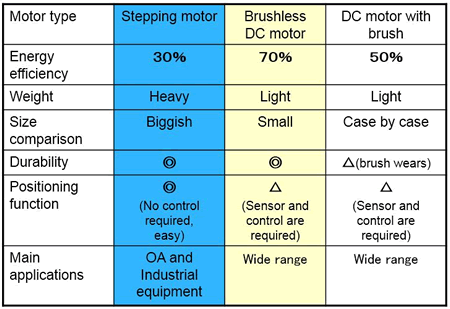
Table 1. Characteristics of motors Ricoh has adopted in the past
(Note: Stepping motor is driven at a constant-current and by open-loop control)
The following introduces characteristics of the brushless DC motor with integrated encoder for position control. Characteristics of its drive system are included.
1. Characteristics of the new brushless DC motor
2. Development of high speed digital control algorithm
We adopted a low price microcomputer for the control circuit, but included our unique control algorithm firmware, which achieves high precision control.
Further, we focused closely on safety, including a fail-safe algorithm.
Up to four control parameters can be set, also taking into account the intensification of control ICs.
3. Command signal interface compatible with conventional stepping motors
Interface compatible with pulse (clock) input type stepping motor driver is available, which allows evolution to models with minor changes without changes to the host system.
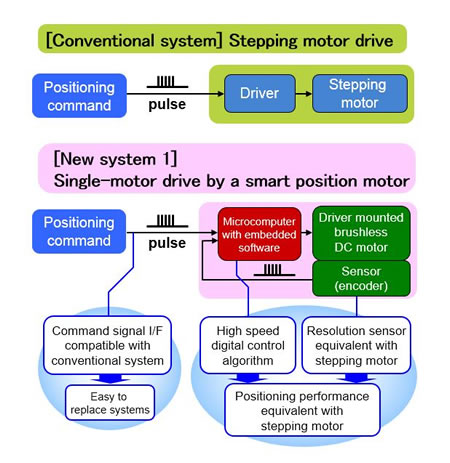
Figure 2. Stepping motor and DC motor driving system compared
We have developed a multi-shaft control system, which can simultaneously control multiple motors independently. The system is mounted on RICOH MP C8002/C6502 series and RICOH MP C6003/C5503/C4503/C3503/C3003 series color MFPs released in 2013, and their successor products. The system is also mounted as paper feed motors on their peripherals such as document feeders, finishers and large capacity trays.
1. Development of multi-motor drive control system
In order to respond to the need of a new control system to control multiple motors simultaneously, while conventional system controlled every motor with each microcomputer, we have developed two kinds of custom control ICs, five-motor control type and eight-motor control type. This enabled to deploy energy and resource saving effect, the feature of smart position motor, also to the models adopting multiple motors, and to achieve bigger energy and resource saving effect at low cost.
2. Features of multi-motor drive control system
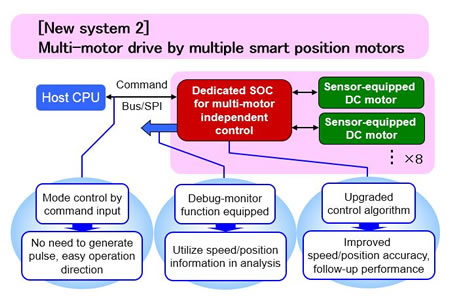
Figure 3. Multiple-motor control system by multiple smart position motors
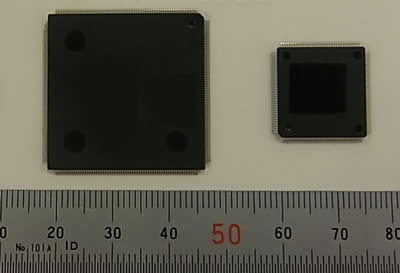
Figure 4. Custom control ICs: eight-motor control type (left) and five-motor control type (right)
Ricoh developed a driver IC for a brushless DC motor that enables encoder-less detection of rotational position, and developed an inner-rotor brushless DC motor with the driver IC installed. The driver IC and the motor were first mounted on the RICOH MP6054/5054/4054 series and RICOH MP3554/2554 series of digital monochrome MFPs released in October 2014. They were then mounted on their successors, the RICOH MP6055/5055/4055/3555/2555 series of digital monochrome MFPs released in January 2017, and on their peripherals.
With digital color MFPs, the driver IC and the motor were mounted on the RICOH MP C6004/C5504/C4504/C3504/C3004 series released in May 2016 and on their peripherals.
1. Driver IC for brushless DC motors with encoder-less position sensing function
Ricoh has developed a driver IC for brushless DC motors, which generates encoder signals from Hall element signals. In the past, a position detecting sensor such as an encoder and a motor driver IC were two separate parts. Their functions are now integrated on a single motor driver IC to save space, reduce cost, and increase environmental robustness. Motors featuring this driver IC are now usable in environments where optical encoders pose a concern. The energy and resource conservation effects of the smart position motor system are now available for many more products and models at a low cost.
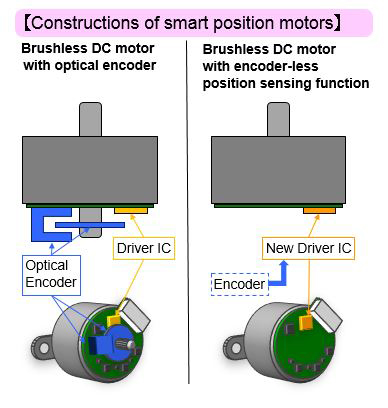
Figure 5. Comparison of constructions (left: brushless DC motor with optical encoder, right: encoder-less brushless DC motor)
2. Characteristics of the motor driver IC
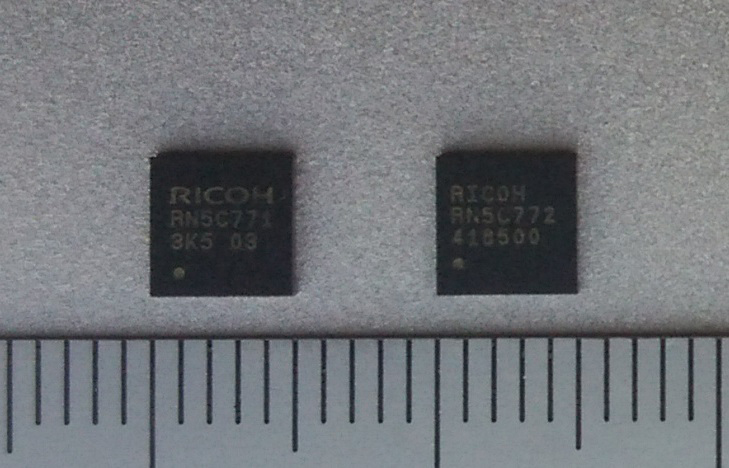
Figure 6. Newly developed motor driver IC (left: RN5C711, right: RN5C772)
3. Advantages
Sorted by : field “Electrophotographic” “Mechanics and Electronics” | product type “Control Systems” “Environment”